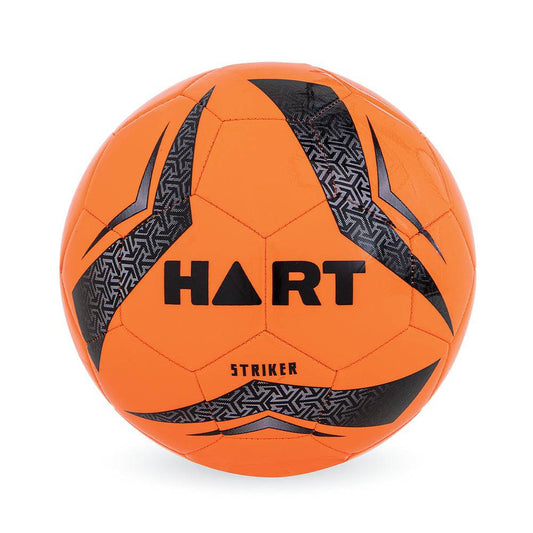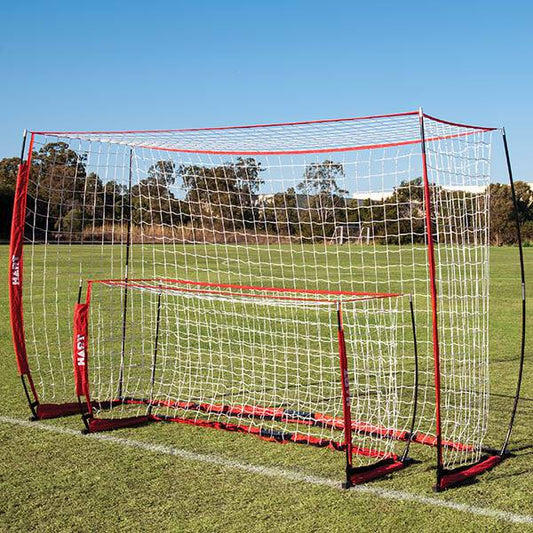Starting Block Technique for Track and Field
From little athletics to elite runners, a block start is critical for a successful race. Learning the proper start is an important technique for sprinters and will set up the drive phase of a race.
The easiest way to teach a starting block setup is the 1-2-3 rule. This rule is great for juniors and beginners in remembering what lengths they need for the blocks in three easy steps.
First, place the start of the starting block rail 1 step from the start line.
Next, position the front block 2 steps from the start line.
Finally, position the back block 3 steps from the start line.
This technique is the simplest way to remember the starting block setup. If the setup needs adjustment in measurements smaller than feet, runners will commonly use knuckles and fingers to measure blocks.
When getting into blocks, feet should be placed so that the tip of the runner’s spikes touch the track, while the runner’s bodyweight pushes into the blocks. The sprinter will kneel down on the back leg, and should place hands just behind the starting line. For balance hands should be slighter wider than shoulder width apart. When placing hands remember to keep fingers together and thumbs in. The thumb should be placed under the shoulders to help support the sprinters bodyweight in the set position. The sprinter should look down at the start line, so that the back of the head and spine make a straight line.
When transitioning to the set position, the runner will rise up from the hips, so that they sit slightly above the shoulders. Bodyweight should be shifted forward and arms should be straight to support the runner’s bodyweight. Front knee should be more bent than the rear knee.
At the sound of the gun the back leg should be driven forward as the front leg extends, pushing off the blocks. This is where block weight is important because if the block is too light it will slip backward on takeoff and reduce leg drive. If the rear leg is the right leg, the left arm is driven forward as the right as is driven back. Head position should stay neutral, looking down at the start of the track. The drive phase at the start of the sprint should transition the runner’s body upright over the first 10 metres, and forcing the body straight into upright will lose drive.
Tips to remember:
- Measure your starting block position using the 1-2-3 rule, measuring each from the starting line
- Focus on alignment with the back and back, and having more bend in front knee than rear knee
- Drive forward out of blocks, pushing weight through feet for power
- Maintain body position into the drive phase
When purchasing starting blocks, take into account the centre rail length, the weight, and the adjustable foot angles. Centre rail length and rail slots are important, as a longer rail and more slots allow a more precise measurement and personalised distance of each block. Weight of starting blocks is important to ensure minimal slip back of blocks during takeoff, which can also be reduced if centre rails have spikes for additional stability. Adjustable foot angles allow for variable foot heights for front and back feet. While beginners do not require adjustable block heights, intermediate and elite athletes will set different heights for their own preference for optimal power during drive phase.
See our range of starting blocks to help you get out of the blocks first!


























